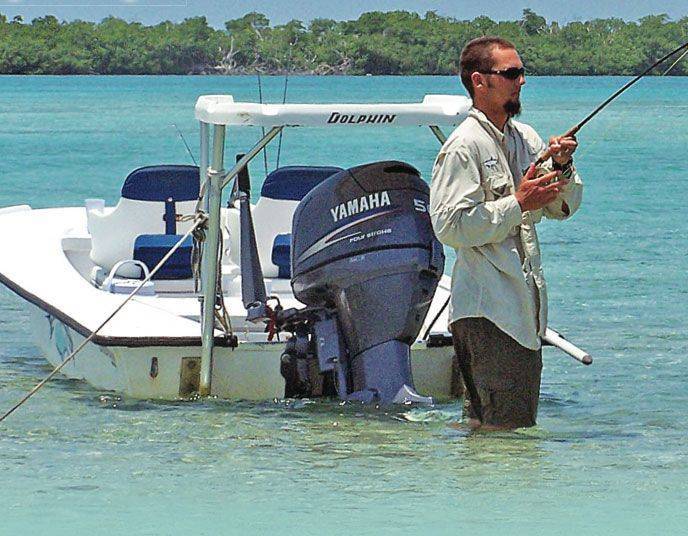[dropcap]I[/dropcap]t is not uncommon to hear, from time to time, someone commenting he or she wished things were as simple as they used to be. Simpler times with a slower pace both are things sometimes missed these days.
Even fishing, a simple hobby that har- kens days gone by, can get complicated sometimes. What kind of reel to work with what rod weight? What type of fly; dry or nymph? Questions and more questions.
Lance Milks, a fishing guide based in Greensboro, N.C., believes he has the answer and it comes in a form of fishing that truly takes a trip back in the time machine.
Tenkara, a Japanese-based style of angling that is estimated to date back more than 1,000 years strips down fishing to its proverbial skivvies, practiced with just a rod, a line and a fly.
“It is efficient, simple, basic and very effective if applied correctly,” Milks said, succinctly describing Tenkara in terms as concise as the practice itself. Rods range from 11 to 14 1⁄2-feet long but telescope down to around 20 inches. Combined with101⁄2to12feetorsooflineanda fly, a fisherman has just about all he needs to hit the water.
“I have been fly fishing since I was aboutsevenoreightyearsold,”saidMilks, who grew up in western New York State. “Years ago, a friend and I were running a website about backpack fly-fishing. We were constantly looking for more light- weight, more compact equipment that would be easier to pack in that we could recommend to people who do this type of fishing.
“I became acquainted with Tenkara, the collapsible nature of the rod, light- weight, no reel and the light bulb went off and I said ‘this is it.’
Milks became one of the early certified Tenkara instructors in the U.S. and the first one based on the east coast. Being based in the North Carolina Piedmont made it convenient for Milks travel to different areas quickly to use the Tenkara method, including making quick trips to the mountains in the western part of the state.
One of the first challenges? Convincing skeptics such large equipment is effective in the tight mountain streams, often more narrow that the rod is long.
“A lot of people say it won’t work, that you need large streams to handle rods that big,” Milks said. “Actually it is just the opposite. I fish several backcountry streams, that is how I got started with this, and it works great. It is hard to explain. People almost have to see it for themselves.”
Milks said one of the common thoughts is smaller, more compact rods are needed to maneuver the tight moun- tain streams. But it is the method, as well as the equipment, that flies in the face of that line of thinking.
“Fly fishing is all about power,” Milks said. “It’s about getting that line out there. You’re not breaking your wrist. It is all elbow. Tenkara is the exact opposite of a naturalfly-fishingcast.Itisessentiallyall wrist. You don’t need to put the power into the line. You transfer everything to the rod, not the line.”
But even after seeing it in practice, Milks admits he still has had skeptics among his fishing partners.
“Yeah, but there are times, I am able to cast into the same holes (with Tenkara) they cannot,” he said. “Then they are impressed. In looking at it, before seeing it (in action) some would not think of it working.”
Read Part II here.

